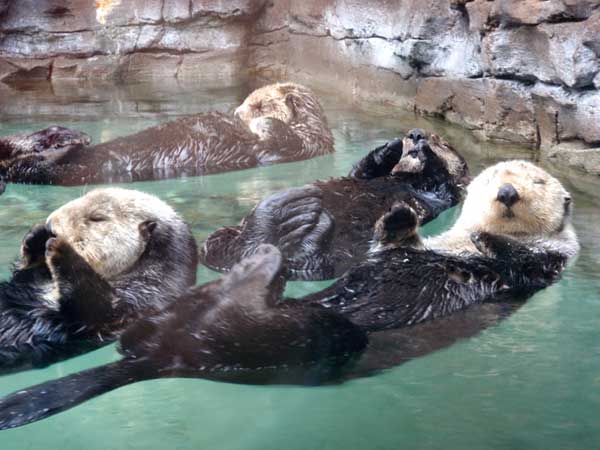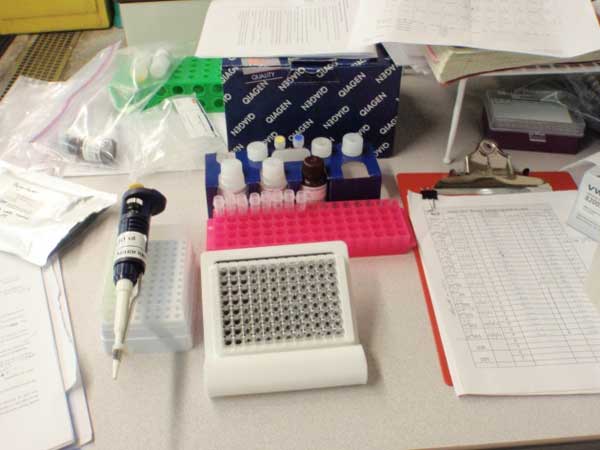Japanese
HOPE reportNumber: 25-015 Study on the interactive behavior of captive sea otters (Enhydra lutris) Report: Rei Sumitani Date: 2014/1/10 - 2014/3/20 The reproductive rate of wild sea otters (Enhydra
lutris) is said to be relatively stable.
However, breeding under captivity has not been as successful, and few studies have focused on the reason behind this phenomenon.
In order to gain a better understanding of sea otters under captivity, I visited the Seattle Aquarium, Washington, to conduct behavioral research.
Here, one adult male and three females are kept in the same pool, therefore both female-female and female-male interactions can be studied.
Observations were conducted from the passageway outside the sea otter exhibit using a video camera.
Most observations were conducted between 9am and 5pm.
Two night observations were also made.
HOPE Project< |

